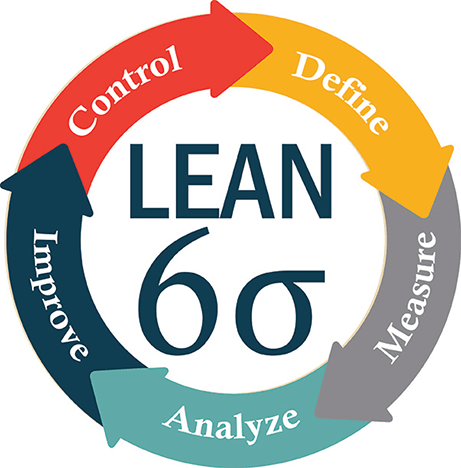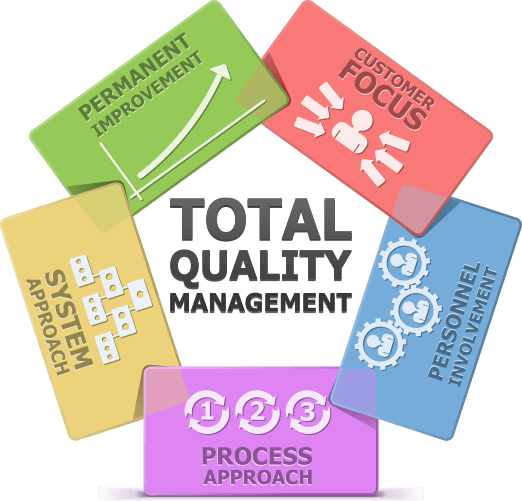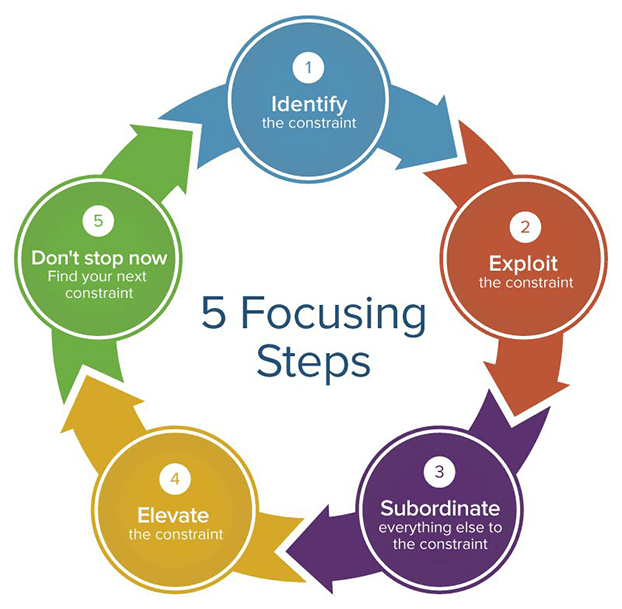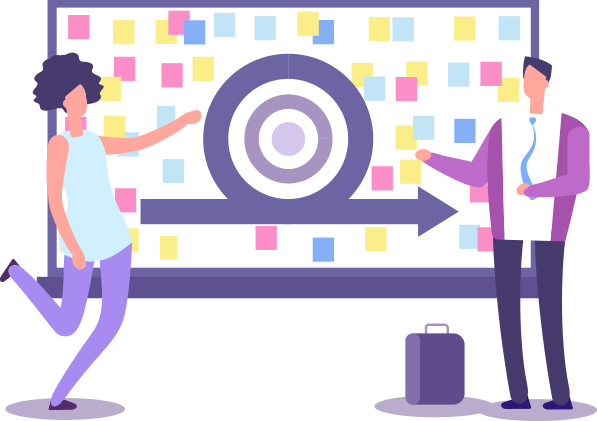The corporate world will tell you that it’s a real hassle to manage project deadlines.
Ah, the ever-persistent struggle of trying to meet a professional due date, we’ve all been there.
And yet, with no deadline in sight, there would be no feeling of pressure, focus, or desire to put things into motion.
It is in fact, thanks to due dates existing that we can boost professional efficiency, work harder, smarter, and better—and stare down that dreadful deadline with confidence.
Yes, projects can be delayed, and deadlines, fully ignored.
At the same time, the perils of not meeting a deadline or a given project due date may cost you double the time, money, and effort down the line.
The good news is, missing a due date can be a thing of the past.
Below, we dissect why deadlines are important and what you can do to ensure you never miss a due date again.

Why Are Deadlines Important?
So, why are deadlines important? Out of the many credible reasons, we emphasize the following:
- To make certain that we finish our task! It’s really simple to put off or overlook a project that has no set deadline. This will most probably be avoided with the use of deadlines.
- To promote a seamless working process. A project due date allows us to work together respecting a common objective and timeline, keeping complicated tasks right on schedule.
- To establish expectations. Due dates specify what we must deliver and when. This then tells us what we need to take charge of, seamlessly and confusion-free.
We don’t want to be too dramatic, but the inability to meet a deadline might potentially have catastrophic effects—think hospitals and professionals in these industries. At the other end of the spectrum on a day-to-day basis, it can impair your image and job chances no matter the industry you’re in—particularly if missing deadlines becomes a regular habit. From a team perspective, it can also be harmful to the association’s reputation.
Now that we’ve covered why (dreaded) deadlines are important, let’s now turn to why—and we are not playing the blame game here—project deadlines are missed in the first place.

Why Do We Miss Project Deadlines?
Right off the bat, postponing a single assignment may cause delays on other projects.
Consequently, this causes a chain reaction down the timeline management plan. Plus, constant delays hurt the whole team and its core performance and raise questions concerning the task manager’s abilities. In the worst-case scenario, delays can also make it trickier for these individuals to acquire future jobs.
As a rule of thumb, there are 5 chief reasons why we miss project deadlines, and they’re as follows:
- Inadequate preparation
- Inaccurate estimates
- Non-engaging companies or tasks
- Incompetence in the role assigned
- Continually shifting demands
You may want to focus on the tactics of managing deadlines and avoidable setbacks by inspecting these elements more closely.
Luckily, we’re here to let you in on what makes these aspects crucial in reigniting your workflow power.

So. How Should We Manage Deadlines?
Most of us are likely to embrace the given project due date. Still, it is critical to think about the project deadline thoroughly—and prior to committing to it.
Because employees and project managers routinely misjudge how long a task will actually take to finish, the timeframe you’ve been given may not correspond to what you can realistically achieve. If possible, project deadlines ought to be established unreasonably early, as to avoid complications surging from delayed delivery!
So, the most important question to ask before you even start a project due date is—how do you manage deadlines?
Wonder not!
Here are 6 tactics to get you from missing due dates to smashing them days early.
Tactic #1 – Determine What’s Considered Necessary
To begin, you must comprehend the nature of the given assignment. If you have a tight due date for a complex job or task, analyze the business requirements of the project, way before you even start working on it. Simply, just follow the structure, head to toe, and if you’re still missing something or can’t comply with the given project deadline, ask your manager or team leader for further assistance or relevant information.
Whoever gave you the project should, in theory at least, have put into consideration the base project’s intricacy. Here, there’s a slight chance of mismanaging the project.
To mend the issue, after you’ve determined what the actual project requires of you, estimate how much time you need to finish the task to meet the agreed-upon deadline.
Tactic #2 – Obtain The Required Information And Tools
Following the initial tactic, you should also double-check that you have every resource, piece of relevant information, and necessary tool possible. This way, you can fulfill your project deadline management more efficiently.
Have you been provided with everything you need to complete the task to the desired standards? Do you have access to the personnel, gear, instructions, or resources you will use to complete the task on time? These are not rhetorical questions.
If you don’t have everything that you need at your disposal to meet project deadlines, you may need to propose a longer timeline or quality reduction, or the scope of work you’ll be able to produce in the given time frame. There’s nothing shameful about being honest, respectfully approach your manager and inform them that you may not be able to finish the project by the due date without resources.
Tactic #3 – Be Prepared For Issues
Because situations don’t always go according to your original plan, it’s fundamental that you factor in potential issues arising in your project plan.
Next thing—Don’t panic!
Stressing out will only cause you to lose more valuable time in meeting the project deadline, and have you lose efficiency as well. You should always consider how you falling sick, equipment dying on you, or another top-priority assignment popping up may disrupt your workflow and have a major impact on the project deadline.
Determine the alternatives you might be able to create so you can lessen the blow. Also, make sure to inform your colleagues or team leaders of any issues as soon as they arise – maybe they’ll cover for you until you can regain your cool. Apart from this, communication is vital within any team-based task.
Tactic #4 – Develop A Detailed Scheme
The next thing you should consider is developing a thorough timetable and scheme so you can get your project deadline management up and running. Breaking things into bits and pieces, and setting a project due date for each and every single piece is a useful strategy to adopt.
In turn, you may discover that you’ll require more energy and time than what the total project deadline permits. Make sure to bring this up at once rather than crossing your fingers and hoping for the best. When you can monitor how you’re doing with the project management deadline you’ll get it done faster.
Tactic #5 – Keep Diversions To A Reasonable Level
Diversions frequently cause a project’s due date to be exceeded. These diversions can stem from any source. Either way, it’s critical to understand and prevent the things distracting you from doing so, and as fast as possible. Operate in silence, if listening to music has your thoughts all mixed up. Or, if you like some acid jazz to go with your data analysis, put on some headphones and get in the flow. If needed, remove yourself from bad working environments and find a place where your thoughts are clearer so you can get things done.
Tactic #6 – Don’t Leave It To The Last Minute
Waiting till the last possible second to complete your task will sway your project deadline management off track. It’s the worst possible thing you can do and rarely does anyone perform well under this sort of pressure. To try and catch up, workers tend to drive themself too hard and initiate key errors, leading to burnout and bad quality work.
To stay on track, begin your task immediately so you beat your deadline to the chase, not the other way around.
Ok. We’re Not Perfect. What Can We Do When We Miss A Project’s Due Date?
Yes, we’re all guilty of missing a project deadline or two.
There’s no point in sulking when you’ve missed a project due date. So, here’s what to do if you’ve fluffed your lines and missed a due date.
Tactic #1 – Work On Your Principles
That’s right, first, you should work on yourself before you get into another project deadline. Make a strong statement if necessary, learn to say “no,” or at the very least, allow yourself time to consider the project due date prior to agreeing. Make a mental shift rather than hating your project deadlines and have a constructive attitude about them.
Do not confuse “planned” with “performing.” It really doesn’t matter how great your idea is, at the end of the day, it’s still just an idea. Put it into practice once you’ve got it. Utilize your time frame wisely. You won’t get anywhere if you multitask—even the inefficient ones know that.
Tactic #2 – Refuel Your Body With Occasional Meals
Refueling your body and mind with occasional meals accomplishes dual goals. You’ll keep your energy at high levels while also staying updated with the project management deadline. Most individuals work too hard to reach a project due date and forget to take breaks and keep their tummy from being upset.
As a consequence, they’re likely to become lethargic, irrational, and unmotivated. All of this may be prevented by something as simple as a quick lunch and coffee break!
Tactic #3 – Limit The Consequences Of A Late Deadline
Regardless of your diligence and careful planning, you may still miss a project due date. Don’t worry and keep it cool, make every attempt to reduce the discomfort you’re feeling. Keep your clients updated on your development throughout the whole project, noting any challenges that might have caused the delay. This way, you can get by with your project deadline management.
You should also demonstrate that you’re implementing every resource. At the end of the day, if you don’t meet a certain project deadline, it won’t be 100% your fault. Moreover, if you don’t deliver the project in a timely manner, your coworkers and project managers will be aware of the problem—and more willing to lend a helping hand, too.
It’s vital that you cope with the problem at hand as swiftly as possible, and negotiate about reaching a newly established project deadline.
Good Project Management Makes the Dream Work
Whatever you do, try not to fall behind the team. Otherwise, you may find yourself driving down all of your coworkers to a professional rut—or worse, the whole company. Instead, take a breather, notice your progress and plan your way forward before tackling those project management deadlines like the pro you are!
Remember—not all delays will always be your fault since certain tasks can’t realistically be completed in the given project due date time without sacrificing quality!
Don’t burden yourself with these tasks head-on, and quickly ensure you have a few extra days or spare time to get ahead with your schedule. This is best done by addressing the team manager as soon as possible.
Lastly, you need to pay full attention to all intricacies the project comes with and recheck one last time before delivering.
And while you’re at it, don’t forget to keep hydrated (water or coffee works) and don’t work on an empty stomach!


















































